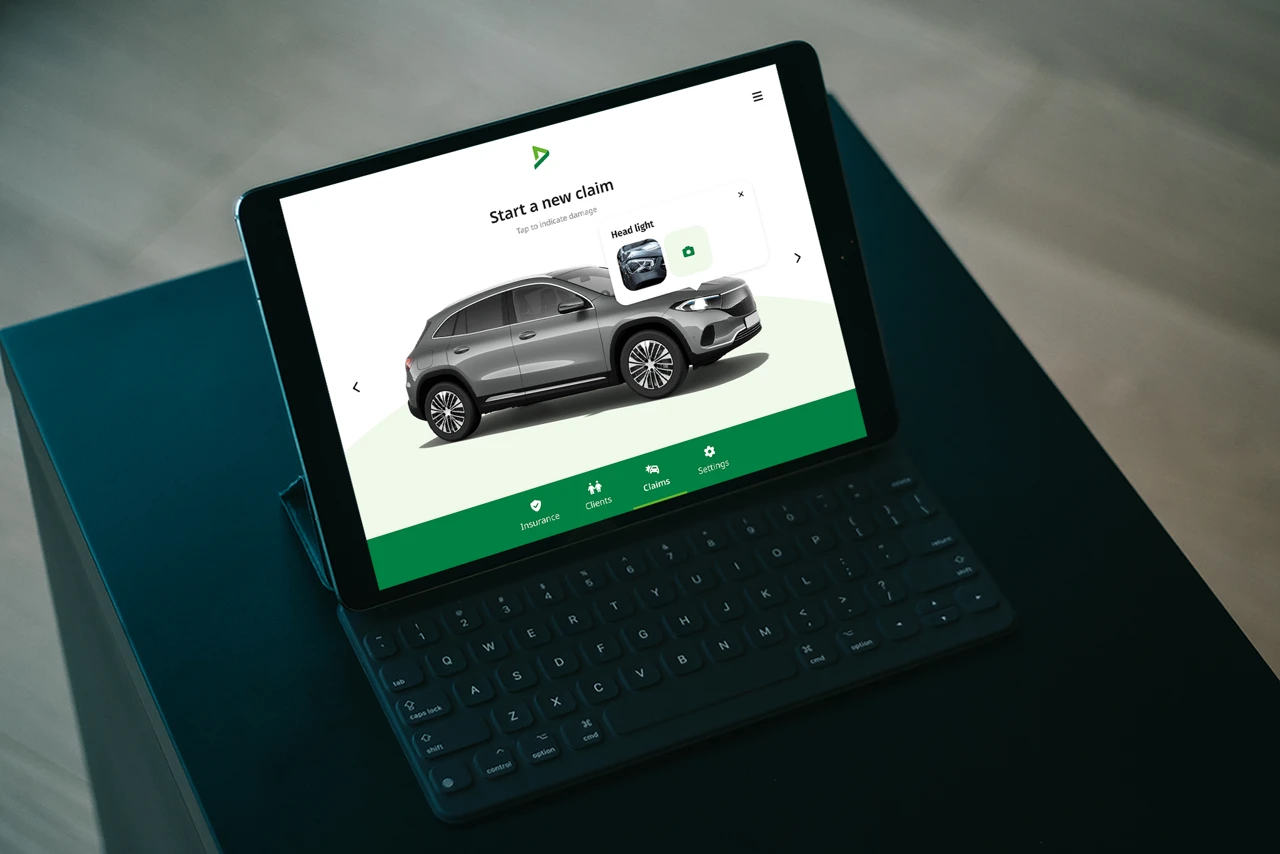
Smart middleware solution for DEKRA: connection between ACE and Informex
In the world of car damage, insurance, and technical expertise, speed and reliability are crucial. Insurers want to handle claims efficiently, while technical partners like DEKRA must deliver a correct and objective analysis. In that ecosystem, software plays an increasingly important role, especially when different parties and systems need to collaborate.
DEKRA is one of the largest players in the field of technical expertise after car accidents. Every day, hundreds of files are processed, analyzed, and forwarded to customers, partners, and platforms such as Informex. To accelerate the digital transformation of their operational processes, DEKRA recently developed a new backend system: ACE.
The challenge: to create a robust, high-performing, and scalable connection between ACE and the Informex platform, which itself works with a sequential protocol and specific data requirements. Metanous developed a middleware layer to connect DEKRA’s new backend system with Informex, while maintaining performance, scalability, and reliability.
Integration with the Informex platform
Within DEKRA, a file is created for each damage case, an expert is appointed, and a report is drawn up containing all technical and financial details.
Informex connects insurers, damage experts, body shops, and other actors in the claims domain through a series of digital processes and protocols. For DEKRA, seamless integration with Informex is essential to continue fulfilling their role as an independent expert.
Whereas in the old system the Informex connection was fully embedded, in the new setup a separate layer was required to manage communication between ACE and Informex. The need for a high-performing and reliable middleware therefore became a central pillar of the project.
Technical complexity
The connection with Informex brought several technical challenges. The Informex platform operates with a strict sequential messaging protocol, where information is exchanged step by step. The middleware developed by Metanous had to be capable of translating this serial approach into a modern, stateless REST architecture, as used by ACE. This conversion from synchronous to asynchronous processing required a well-thought-out design and solid error handling.
In addition, the Informex protocol has a number of technical peculiarities that make a correct and high-performing implementation more complex. And since DEKRA processes hundreds of thousands of cases each year, the solution also had to be scalable and future-proof.
Analysis and architecture
The project started with an in-depth analysis of both the Informex protocol and the architecture and processes of ACE. Together with DEKRA’s team, it was determined which data flows were essential and which requirements applied in terms of reliability, error handling, and performance.
Based on that analysis, a separate middleware layer, independent from ACE, was chosen. This decision made it possible to clearly separate responsibilities, manage scalability and monitoring independently, and implement future changes more quickly without impacting the backend systems.
For the implementation, a modern and stable technology stack was chosen. The middleware was built on .NET Core, with ASP.NET WebAPI as the foundation for the REST endpoint. For logging and monitoring, Serilog and Seq were used, giving the technical team full visibility into message processing and error flows. The system was designed from the ground up for asynchronous processing, with built-in retry mechanisms and fault tolerance.
Development was carried out iteratively, in close collaboration with DEKRA. Each functional step was tested in staging environments and validated with real data, which allowed quick adjustments. This approach also enabled the smooth incorporation of new insights or changing requirements without major delays or technical debt.

The solution in detail
The middleware acts as a link between the ACE system and the Informex platform. On one side, it receives REST calls from ACE, for example to create a new file or provide a status update. On the other side, it converts these requests into the Informex format and sends the messages according to the protocol required by Informex.
In practice, this means that the middleware translates each incoming request into a sequential series of messages, each exchanged with Informex at the right time and in the correct order. This message processing is fully asynchronous. The middleware manages queues, handles dependencies between messages, and ensures correct processing even in case of temporary failures or delays.
The solution also includes extensive logging and error handling. Every step — from the incoming call to Informex’s response — is logged, including timing, status, and content. Errors are automatically handled according to predefined rules: some are retried, while others trigger alerts or manual follow-up. Thanks to this approach, the system remains robust even under high load or unpredictable behavior of external systems.
Since DEKRA processes hundreds of thousands of cases annually, the solution needed to be not only functional but also high-performing under load. By choosing asynchronous processing and a scalable architecture, the middleware is able to handle large volumes of messages in parallel without delays. The solution is also extensible: as volumes increase, multiple instances can be deployed without rewriting the logic.
Results and impact
With this middleware solution, DEKRA now has a robust connection between their new ACE backend and the Informex platform. All communication is fully transparent, without ACE having to manage the details of the Informex protocol itself.
The impact on operations is clear: the integration is reliable, errors are automatically handled or properly logged, and the scalability allows for effortless accommodation of future growth. Moreover, the solution is built flexibly, so adjustments to the protocol or new functionalities can be added easily. The investment in this middleware provides DEKRA not only with better integration into the ecosystem but also with less manual work, fewer errors, and higher operational efficiency.
Conclusion
The successful integration between DEKRA’s ACE system and the Informex platform demonstrates how a well- thought-out middleware architecture can create real added value. Thanks to Metanous’ solution, DEKRA now has a high-performing, scalable, and future-proof connection that supports their core activities.
At Metanous, we believe in tailored solutions that work. No over-engineering, no shortcuts, but robust software that does exactly what is needed — now and in the future. Our approach is based on technical depth, clear communication, and the drive to solve complex problems effectively.
With a team of around twenty-five people in De Pinte, we combine flexibility and expertise. We often work on long-term roadmap projects, building sustainable solutions together with our clients. Our experience with middleware, integrations, and protocol translations makes us the ideal partner for projects where standard software falls short and quality makes the difference.
This project illustrates our strength in building realistic, technically grounded solutions in complex IT environments. Does your organization have similar needs around integration, scalability, or digital transformation? We are happy to discuss how we can help.